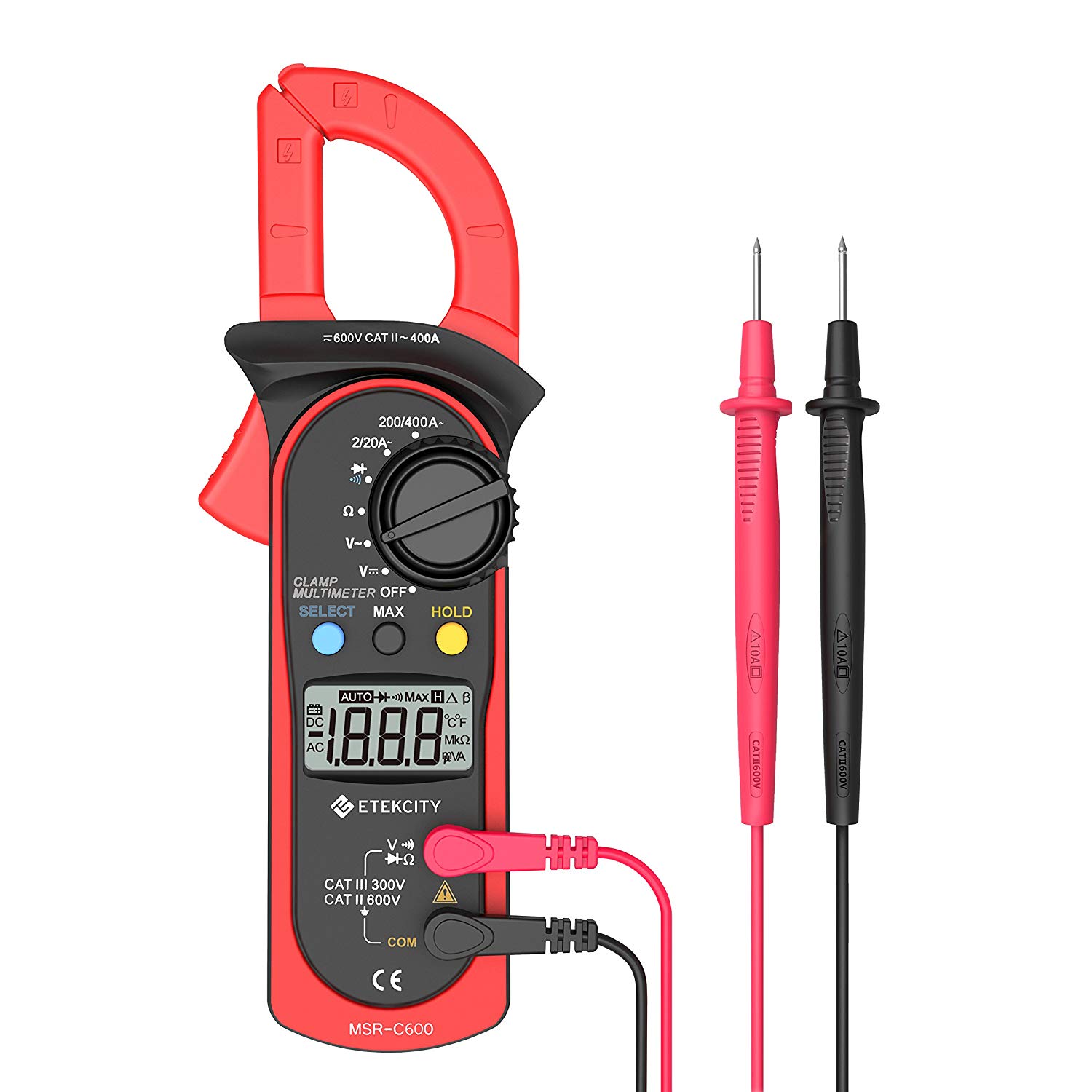A cheap ADC can give you 3 or so usable digits, after that the cost tends to go up significantly with each additional digit of precision. Moving coil meters were even worse in this regard.
So multimeters have "ranges", usually seperated by a factor of 10. Changing between ranges reconfigures the amplifiers/attenuators in the meter so the range of measurement is suited to the task at hand. For example if the ADC had a 2V range, then the 600V range would have a 300x* attenuation, the 200V range would have a 100x attenuation, the 20V range would have a 10x attenuation, the 2V range would have no attenuation.
Switching ranges electronically is possible, but it's not exactly trivial, the voltages involved are fairly high and multimeters must be tolerant of surge voltages substantially in excess of their nominal input voltage range. A mechanical switch is simpler, so is what is seen on bottom of the range multimeters.
Higher-end multimeters tend to default to an "autoranging" mode, where the range is selected electronically and automatically. This is convinient most of the time, but can be annoying when signals are repeatedly changing as the multimeter keeps changing ranges. So most better multimeters offer a way to override the autoranging and manually select a range.


